-
 bitcoin
bitcoin $110415.485139 USD
-1.74% -
 ethereum
ethereum $3914.309383 USD
-1.58% -
 tether
tether $1.000075 USD
0.00% -
 bnb
bnb $1116.910315 USD
1.41% -
 xrp
xrp $2.562069 USD
-1.96% -
 solana
solana $193.888910 USD
-0.02% -
 usd-coin
usd-coin $0.999800 USD
-0.01% -
 dogecoin
dogecoin $0.192383 USD
-0.47% -
 tron
tron $0.296815 USD
0.66% -
 cardano
cardano $0.641286 USD
-0.18% -
 hyperliquid
hyperliquid $47.495653 USD
-0.35% -
 chainlink
chainlink $18.106533 USD
1.42% -
 bitcoin-cash
bitcoin-cash $561.296588 USD
0.00% -
 stellar
stellar $0.316591 USD
-0.21% -
 ethena-usde
ethena-usde $0.999227 USD
-0.01%
What is the best WMA and Stochastic combination strategy?
The WMA-Stochastic combo helps crypto traders spot trend direction and reversals by blending weighted averages with momentum signals for precise entries and exits.
Oct 14, 2025 at 07:54 pm

Understanding the WMA and Stochastic Combination in Crypto Trading
The combination of the Weighted Moving Average (WMA) and the Stochastic Oscillator has gained popularity among traders in the cryptocurrency market due to its ability to capture momentum shifts and trend direction with greater precision. Unlike the Simple Moving Average (SMA), the WMA assigns more weight to recent price data, making it more responsive to sudden price movements common in volatile crypto assets. The Stochastic Oscillator, on the other hand, measures the position of a closing price relative to its high-low range over a set period, helping identify overbought or oversold conditions.
When combined, these two indicators offer a dynamic framework for timing entries and exits. Traders use the WMA to determine the prevailing trend and the Stochastic to spot potential reversal points within that trend. This synergy is particularly effective in markets like Bitcoin and Ethereum, where sharp rallies and corrections occur frequently.
Optimal Settings for WMA and Stochastic in Volatile Markets
1. A 14-period WMA is widely adopted as it balances responsiveness and smoothing, filtering out minor fluctuations while remaining sensitive enough to capture emerging trends.
- For the Stochastic Oscillator, the standard 14,3,3 configuration—referring to the %K period, %K slowing, and %D (moving average of %K)—is commonly used to detect short-term momentum reversals.
- In highly volatile environments such as altcoin trading, reducing the WMA to 9 periods can enhance sensitivity, allowing quicker reaction to price swings.
- Adjusting the Stochastic to 5,3,3 increases its frequency of signals, useful during strong directional moves but requires additional confirmation to avoid false triggers.
- Overlaying both indicators on a 4-hour or daily chart provides reliable signals while minimizing noise present in lower timeframes.
Entry and Exit Rules Using WMA-Stochastic Signals
1. A long entry is considered when the price is above the WMA, indicating an uptrend, and the Stochastic crosses from below 20 (oversold) upward, suggesting renewed buying pressure.
- A short entry may be initiated when the price trades below the WMA, confirming a downtrend, and the Stochastic crosses from above 80 (overbought) downward, signaling exhaustion in selling momentum.
- Confirmation through candlestick patterns such as bullish engulfing or bearish rejection near key support/resistance enhances signal reliability.
- Exiting a long position occurs when the Stochastic enters overbought territory (>80) while price action shows divergence or fails to make new highs despite rising momentum.
- Traders often place stop-loss orders just below the recent swing low for longs or above the swing high for shorts, aligned with WMA slope direction.
Risk Management and Filter Enhancements
1. Incorporating volume analysis helps validate WMA-Stochastic signals; increasing volume during a crossover strengthens the likelihood of a sustained move.
- Using a second-tier resistance or support level derived from Fibonacci retracements or pivot points improves trade accuracy when aligned with oscillator crossovers.
- Avoiding trades during major news events or low-liquidity periods prevents erratic Stochastic spikes that could trigger premature entries.
- Applying a volatility filter such as Bollinger Bands ensures that extreme readings on the Stochastic are evaluated in context—if price touches the upper band and Stochastic is overbought, caution is warranted even if WMA suggests strength.
Frequently Asked Questions
How do I adjust the WMA-Stochastic strategy for sideways markets?In ranging conditions, traders focus solely on Stochastic signals between 20 and 80, buying near oversold levels and selling near overbought zones, while disregarding WMA direction until a breakout occurs.
Can this strategy be automated using bots?Yes, many algorithmic trading platforms allow coding rules based on WMA crossovers and Stochastic thresholds, though constant monitoring is needed to recalibrate parameters amid changing volatility.
What cryptocurrencies respond best to this strategy?Major coins like BTC, ETH, and BNB with consistent volume and trending behavior tend to produce better results than low-cap altcoins prone to manipulation and erratic swings.
Is divergence between price and Stochastic a reliable signal in this setup?Bullish or bearish divergence adds significant value, especially when confirmed by WMA slope changes. For instance, higher lows in price accompanied by lower lows in Stochastic suggest weakening momentum despite apparent strength.
Disclaimer:info@kdj.com
The information provided is not trading advice. kdj.com does not assume any responsibility for any investments made based on the information provided in this article. Cryptocurrencies are highly volatile and it is highly recommended that you invest with caution after thorough research!
If you believe that the content used on this website infringes your copyright, please contact us immediately (info@kdj.com) and we will delete it promptly.
- Essex Post Office, 5p Coins, and King Charles: A Royal Mint Revelation!
- 2025-10-23 10:30:16
- Waymo's Newark Airport AV Tests: Alphabet's AI Gamble Pays Off?
- 2025-10-23 10:30:16
- King Charles 5p Coins: A Royal Flush in Your Pocket?
- 2025-10-23 10:35:18
- Solana, Crypto Advisory, and Forward Industries: A New York Minute on the Future of Finance
- 2025-10-23 08:51:22
- MAGACOIN: Ethereum Whales Dive into the Hottest Presale of 2025
- 2025-10-23 08:51:22
- Kadena's End of the Road? KDA Token Plummets Amid Project Abandonment
- 2025-10-23 08:55:34
Related knowledge
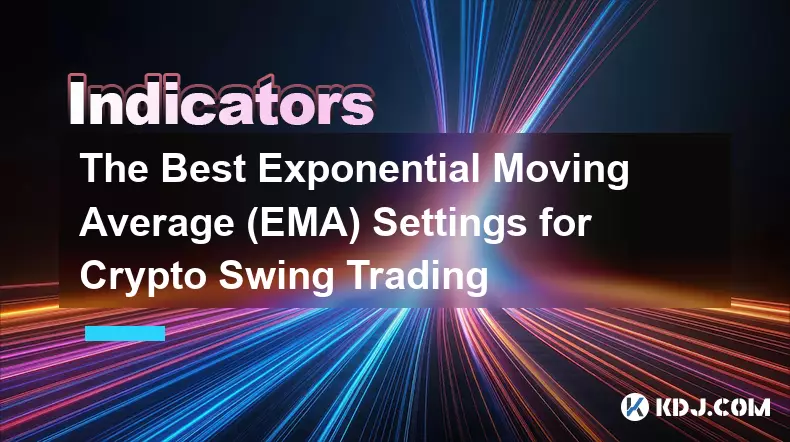
The Best Exponential Moving Average (EMA) Settings for Crypto Swing Trading
Oct 25,2025 at 04:55pm
The Best Exponential Moving Average (EMA) Settings for Crypto Swing TradingSwing trading in the cryptocurrency market relies heavily on identifying tr...
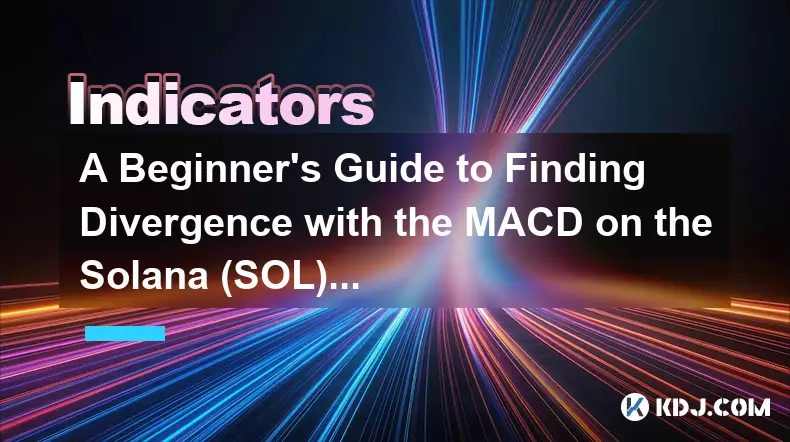
A Beginner's Guide to Finding Divergence with the MACD on the Solana (SOL) Chart
Oct 26,2025 at 12:36pm
Understanding MACD and Its Role in Solana Trading1. The Moving Average Convergence Divergence (MACD) is a momentum indicator widely used in cryptocurr...
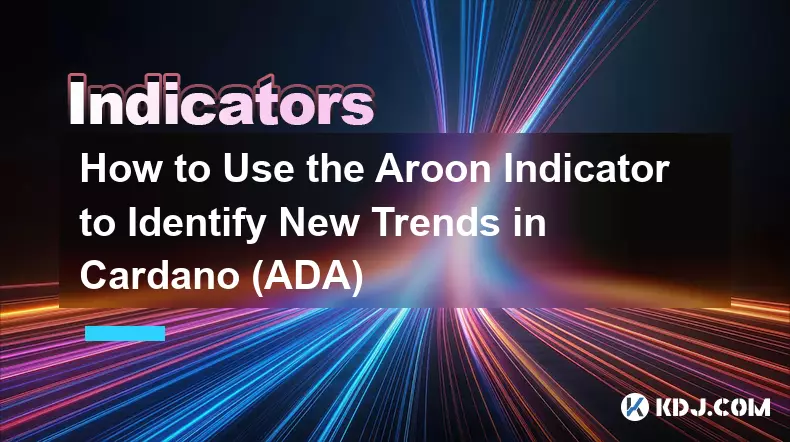
How to Use the Aroon Indicator to Identify New Trends in Cardano (ADA)
Oct 26,2025 at 10:18pm
Understanding the Aroon Indicator in Cryptocurrency Trading1. The Aroon indicator is a technical analysis tool designed to identify whether an asset i...
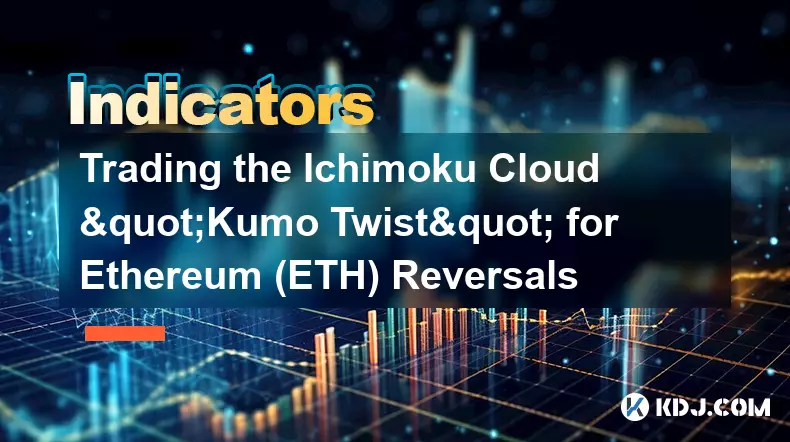
Trading the Ichimoku Cloud "Kumo Twist" for Ethereum (ETH) Reversals
Oct 27,2025 at 01:54am
Understanding the Ichimoku Cloud and Its Components1. The Ichimoku Cloud, also known as Ichimoku Kinko Hyo, is a comprehensive technical analysis tool...
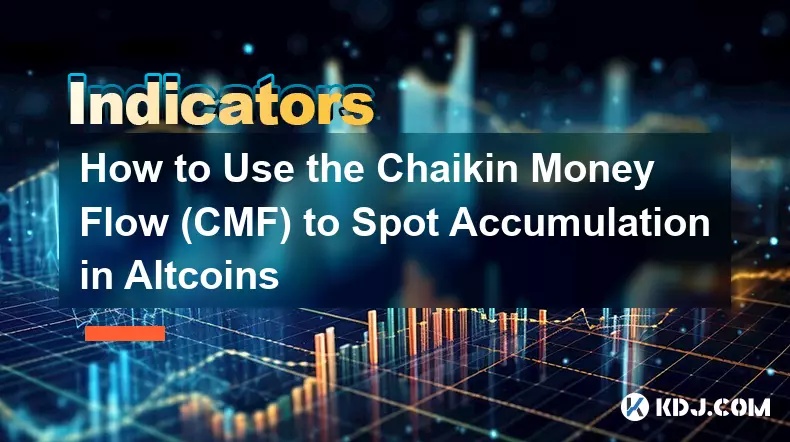
How to Use the Chaikin Money Flow (CMF) to Spot Accumulation in Altcoins
Oct 25,2025 at 08:18pm
Understanding Chaikin Money Flow in the Context of Altcoin Markets1. The Chaikin Money Flow (CMF) is a technical indicator developed by Marc Chaikin t...

How to Trade with the Keltner Channel Indicator on the Ethereum (ETH) Chart
Oct 28,2025 at 08:54am
Understanding the Keltner Channel in Ethereum Trading1. The Keltner Channel is a volatility-based technical indicator that consists of three lines: an...

The Best Exponential Moving Average (EMA) Settings for Crypto Swing Trading
Oct 25,2025 at 04:55pm
The Best Exponential Moving Average (EMA) Settings for Crypto Swing TradingSwing trading in the cryptocurrency market relies heavily on identifying tr...

A Beginner's Guide to Finding Divergence with the MACD on the Solana (SOL) Chart
Oct 26,2025 at 12:36pm
Understanding MACD and Its Role in Solana Trading1. The Moving Average Convergence Divergence (MACD) is a momentum indicator widely used in cryptocurr...

How to Use the Aroon Indicator to Identify New Trends in Cardano (ADA)
Oct 26,2025 at 10:18pm
Understanding the Aroon Indicator in Cryptocurrency Trading1. The Aroon indicator is a technical analysis tool designed to identify whether an asset i...

Trading the Ichimoku Cloud "Kumo Twist" for Ethereum (ETH) Reversals
Oct 27,2025 at 01:54am
Understanding the Ichimoku Cloud and Its Components1. The Ichimoku Cloud, also known as Ichimoku Kinko Hyo, is a comprehensive technical analysis tool...

How to Use the Chaikin Money Flow (CMF) to Spot Accumulation in Altcoins
Oct 25,2025 at 08:18pm
Understanding Chaikin Money Flow in the Context of Altcoin Markets1. The Chaikin Money Flow (CMF) is a technical indicator developed by Marc Chaikin t...

How to Trade with the Keltner Channel Indicator on the Ethereum (ETH) Chart
Oct 28,2025 at 08:54am
Understanding the Keltner Channel in Ethereum Trading1. The Keltner Channel is a volatility-based technical indicator that consists of three lines: an...
See all articles









































































